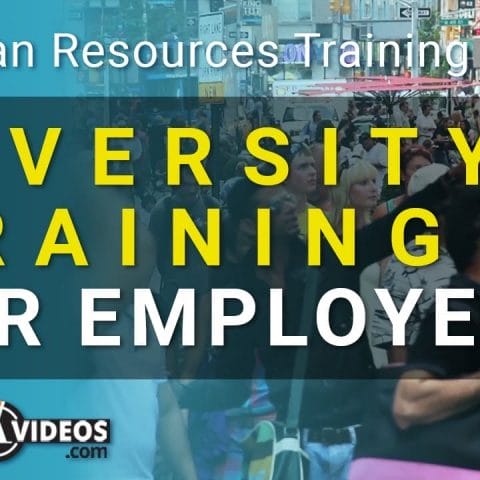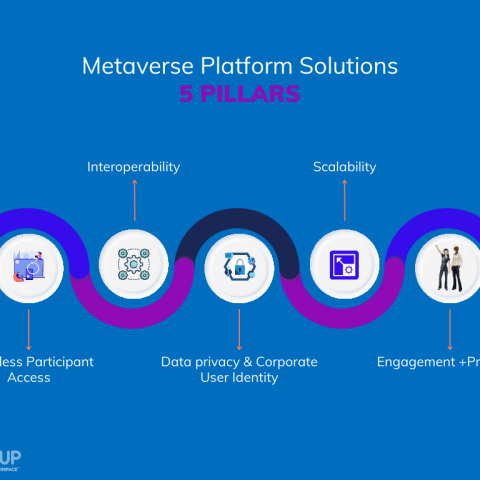In a discussion with TLD casters, Danny Stefanic, the CEO of LearnBrite, shared his insights on the growing importance of XR (Extended Reality) in education and training. XR, which encompasses virtual reality (VR), augmented reality (AR), and mixed reality (MR), is transforming the way we learn and acquire new skills.
Understanding XR and Its Applications
Danny Stefanic explained that XR is a spectrum that ranges from augmented reality to virtual reality, with mixed reality falling somewhere in between. The purpose of the XR playlist, as discussed in the conversation, is to explore the various applications of XR, particularly in the fields of education and training.As the CEO of LearnBrite, Danny Stefanic brings extensive expertise in providing VR-ready tools for educators to enhance learning through immersive experiences. He noted that VR has moved past the hype cycle and is experiencing significant growth, especially in the L&D (Learning and Development) space.
VR Adoption in Enterprise Training
Large companies like Facebook, Google, and Microsoft are heavily investing in VR for enterprise training due to its proven value in delivering real learning outcomes. Many large organizations now have dedicated roles for VR, AR, and XR, indicating a growing internal demand for these technologies.However, the adoption of VR in organizations faces several challenges, including:
- Limited availability of VR headsets
- Compatibility issues with existing equipment, especially older computers
- Complexity and cost of VR development, requiring specialized skills and resources
- Deployment challenges, such as the need for app installations and IT support
The Importance of Being VR Ready
Danny Stefanic emphasized the importance of being VR ready, which involves delivering experiences across various devices, ensuring platform agnosticism, and focusing on user-centered learning. He described the “VR Chasm” as the gap between the solution value requiring specific VR equipment and audience engagement, highlighting the significance of VR-ready solutions.The advantages of a VR-ready approach include:
- Allowing for progressive enhancement, adapting experiences across devices without re-engineering
- Overcoming logistical challenges and points of friction associated with VR-only experiences
Security, Privacy, and Practical Considerations
Introducing new VR systems and content requires thorough security audits and considerations for data privacy. Organizations must also take into account practical considerations such as physical space requirements for VR setups and concerns about simulator sickness and user discomfort.To mitigate adoption challenges and accommodate users’ preferences, Danny Stefanic suggested offering alternatives to VR, such as tablets or smartphones.
Key Points on VR Training
During the discussion, several key points on VR training were highlighted:
- Vendor Lock: Choosing a VR headset can lead to being tied to a particular platform and supplier, restricting app compatibility unless custom apps are developed.
- Vo Ready vs. VR Only: Being Vo (Virtual Object) ready allows for broader device compatibility and future-proofing, ensuring experiences work across various devices.
- Integration with Learning Management Systems (LMS): Many VR experiences lack integration with existing LMS or tracking systems, hindering effective performance monitoring and ROI calculation.
- Cost Considerations: Building VR experiences can be expensive, requiring resources like Unity programmers, 3D modelers, and artists. Costs can escalate for multi-device support or collaborative experiences.
- Benefits of Vo Ready Approach: The Vo ready approach enables organizations to justify VR investments, experiment with VR, and learn from experiences without huge commitments.
LearnBrite Platform and Success Stories
LearnBrite provides tools for creating user-centered VR experiences without requiring programming skills. The platform allows users to create 3D spaces, characters, and dialogues using drag-and-drop features, supporting branching scenarios, text-to-speech in 51 languages, and interactive elements for engaging learning experiences.The platform has been successfully used for government conferences in Australia to provide job training and career guidance, and has been adopted by large corporations for onboarding programs, creating social learning experiences, and fostering a learning culture.
Industry Growth and Adoption
The pharmaceutical, finance, and oil/gas sectors are prominent users of VR, but adoption varies across industries based on their appetite for innovation. VR engagement is still relatively low compared to traditional devices like laptops and mobile phones due to equipment availability and other friction points.Danny Stefanic, who has been involved in the VR space since 1994, emphasizes 13 considerations or questions organizations should address before adopting VR for learning. LearnBrite aims to address these considerations and serve as an on-ramp for instructional designers to explore and adopt VR for training purposes.
Future Outlook and the Rise of 3D Content
Looking ahead, Danny Stefanic sees augmented reality (AR) as a growing market, potentially surpassing VR due to its utility in replacing smartphone displays. However, VR remains crucial for immersive experiences, particularly for virtual meetings and collaborative learning, despite challenges in adoption and engagement.The discussion also touched on the emergence of 3D content as a growing media type, allowing for the capture and navigation of real-life experiences in 3D format. While 3D content is relatively young compared to other media types, it is mature and utilized across various sectors. Danny Stefanic expresses confidence that once 3D content becomes pervasive, it will mark a significant turning point in human history, with unlimited growth potential for those involved in the sector.Factors contributing to the adoption of 3D content include its integration into entertainment platforms, advancements in spatial audio technologies, and the ability to scan environments and overlay digital content using mobile devices. Ongoing work on standards like WebXR aims to make these technologies more accessible and integrated, moving away from existing siloed approaches.
Conclusion
In conclusion, Danny Stefanic’s insights highlight the immense potential of XR, particularly VR, in revolutionizing education and training. While challenges in adoption and engagement persist, the benefits of immersive learning experiences and the growing demand for XR technologies in various industries cannot be ignored.LearnBrite’s platform serves as a prime example of how VR-ready tools can empower educators and instructional designers to create engaging, user-centered learning experiences without the need for extensive programming skills. As the XR industry continues to evolve and 3D content becomes more pervasive, we can expect to see significant advancements in the way we learn, train, and collaborate in the digital age.





